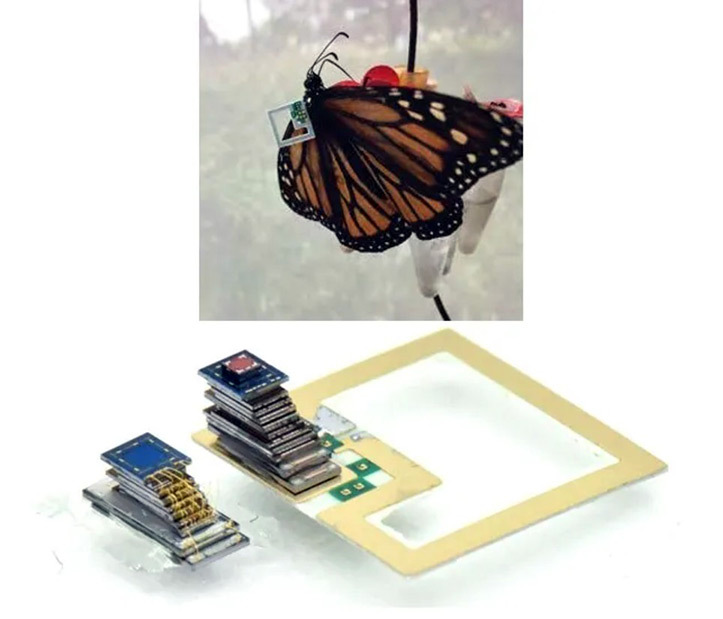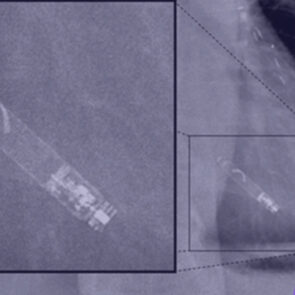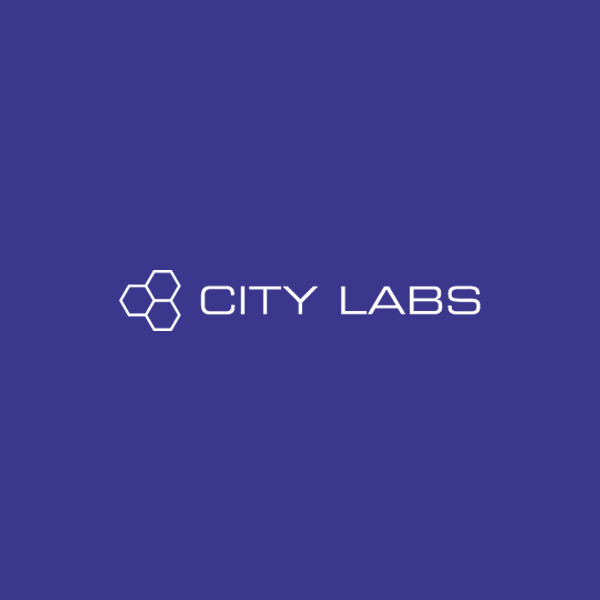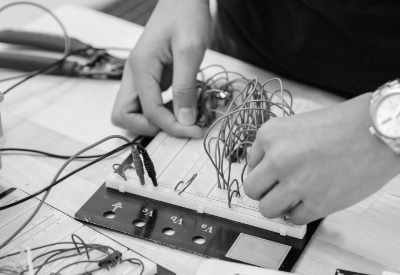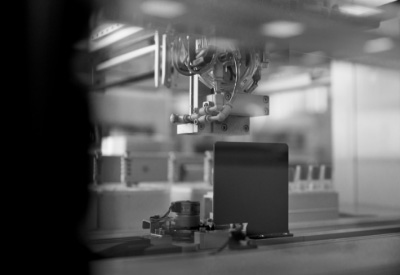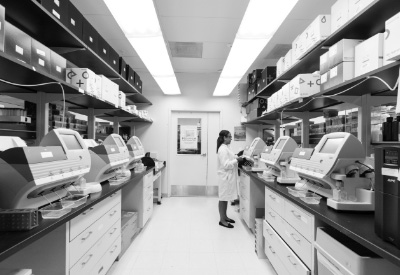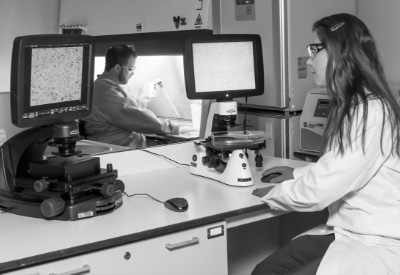In a world of rapidly advancing microelectronics, engineers and innovators face a persistent challenge: How to power devices that must operate reliably for years—often in extreme, remote, or inaccessible environments—without maintenance or battery replacement.
Whether it’s sensors on the Moon, secure communications gear in the field, or medical implants inside the body, ultra-low power applications require energy solutions that traditional batteries simply can’t deliver.
At City Labs, we specialize in solving this problem. Our NanoTritium™ batteries offer a continuous, long-lasting power source unlike anything else available today—enabling entirely new classes of ultra-low power devices.
Why Ultra Low Power Matters And Why It Is So Challenging
Ultra-low power electronics are at the core of some of today’s most exciting and impactful technologies. Devices designed for space exploration, national defense, medical innovation, and environmental monitoring often share a common requirement: They must operate unattended, reliably, and often invisibly for years or even decades.
But achieving that goal is not simple. Traditional batteries, like lithium-ion or coin-cell batteries, degrade over time, struggle in harsh environments, and require periodic replacement or recharging.
For many ultra-low power applications, that’s not an option. Devices deployed in space, implanted in the human body, or embedded in secure infrastructure that rely on low-power microelectronics can’t afford to fail because of a depleted or degraded battery.
What these devices need is a power source that lasts as long as the device itself without requiring maintenance, recharging, or environmental energy harvesting. That’s where City Labs’ NanoTritium™ technology stands apart.
NanoTritium™ Batteries: Redefining Ultra-Low Power With Long-Term, Reliable Energy
NanoTritium™ batteries rely on betavoltaic technology, using tritium, a safe and stable hydrogen isotope, to generate a continuous and predictable flow of electricity through a solid-state process. Unlike traditional batteries, which store a fixed amount of chemical energy, NanoTritium™ batteries continuously generate energy from tritium’s natural decay, making them “always on” and capable of delivering power for decades.
What Makes NanoTritium™ Batteries Different?
- Decades-long power supply. Capable of powering microelectronic devices for 20+ years without maintenance or degradation.
- Consistent, always-on energy. Unlike energy-harvesting or rechargeable solutions that depend on sunlight or motion, NanoTritium™ technology produces continuous power in any environment.
- Extreme environment resilience. Performs in radiation-heavy, high-vibration, and extreme temperature conditions, where conventional batteries fail.
- Compact and maintenance-free. Designed for microelectronics and embedded systems, enabling ultra-small form factors without sacrificing reliability.
- Safe, solid-state construction. Hermetically sealed and solid-state, eliminating risks of gross leaks, chemical breakdown, or explosion.
These advantages make NanoTritium™ batteries a one-of-a-kind solution for powering the next generation of ultra-low power devices, especially those meant to function in places where human access is limited or impossible.
Case Study: Tracking Monarch Butterfly Migration
The University of Michigan’s pioneering work on the “world’s smallest computer,” known as the M³, pushed the boundaries of what’s possible in ultra-low power electronics. One of their most remarkable achievements was deploying M³ motes—powered by on-chip solar cells—on migrating monarch butterflies, showcasing the potential for autonomous, ultra-lightweight sensing platforms.
Building on this foundation, City Labs collaborated with University of Michigan professor David Blaauw to explore new frontiers in long-duration, maintenance-free operation using our NanoTritium™ batteries. This partnership led to the development of the Monarch Board—named in homage to the butterfly project—which integrates the same M³ chip with six P100 NanoTritium™ batteries and a capacitor bank to create a self-sustaining platform for continuous environmental sensing.
In this configuration, the system is able to broadcast data such as temperature and light levels every 70 minutes—entirely powered by the steady, reliable output of NanoTritium™ batteries. This evolution of the M³ design highlights how betavoltaic technology can extend the capabilities of ultra-low power devices.
Where Ultra-Low Power Meets Ultra-Long Life: Expanding Possibilities
With NanoTritium™ batteries, designers no longer have to choose between device size, lifespan, and reliability; they can have all three. This breakthrough has opened the door to a wide range of innovative applications that were previously impossible or impractical due to power constraints.
For instance, medical implants like pacemakers are now being explored for decades-long operation without the need for replacement surgeries, thanks to City Labs’ recent National Institutes of Health (NIH)-funded research.
In the aerospace sector, our batteries enable space-based sensors that must function for years in the harsh environment of space.
Defense and communications are also key beneficiaries. Secure, always-on defense equipment—such as COMSEC devices that require constant availability and tamper resistance—can leverage NanoTritium™ technology for long-term functionality without maintenance. Our technology’s capabilities are demonstrated in awards from the U.S. Air Force to develop tritium AA batteries for COMSEC devices that allow the systems to operate at the nanowatt power level.
Additionally, City Labs is helping push the boundaries of planetary exploration, including collaborations to develop sensor systems for the lunar surface that can survive the Moon’s extreme temperature swings and long nights without sunlight, made possible through a recent NASA Innovative Advanced Concepts award.
Across all these fields, NanoTritium™ batteries provide a reliable, long-lasting, and maintenance-free power solution, enabling technologies that were once out of reach due to energy limitations.
The Future of Ultra-Low Power Innovation
As more industries demand miniaturized, autonomous, and resilient electronics, the need for true ultra-low power solutions will only continue to grow. Whether it’s enabling new medical treatments, deep space exploration, or next-gen secure communication tools, City Labs’ NanoTritium™ batteries are at the forefront of this evolution.
If you’re working on a project that demands reliable, maintenance-free power in extreme or remote environments, City Labs is ready to help. Our team is passionate about partnering with innovators to turn today’s ultra-low power challenges into tomorrow’s breakthroughs.
Ready to power your next ultra-low-power innovation? Contact us today.

